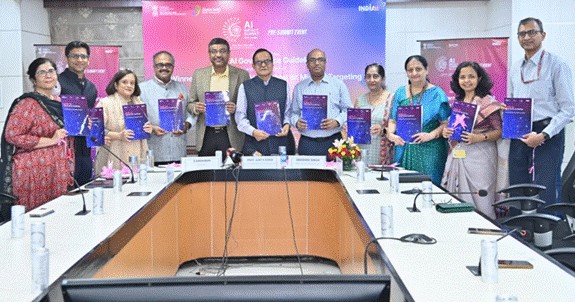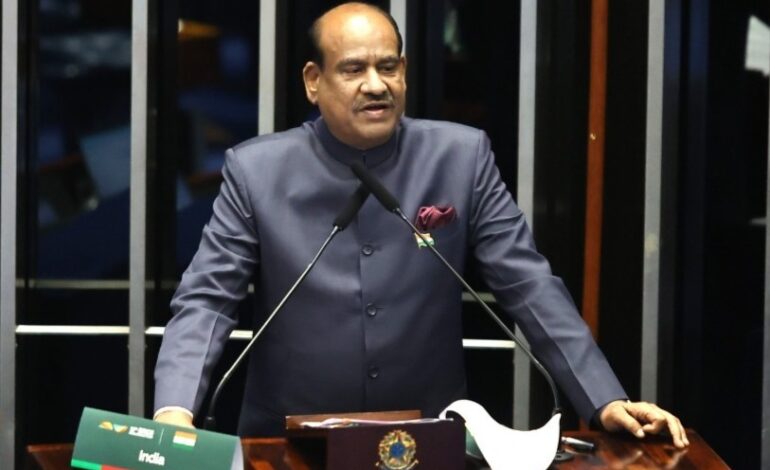Cabinet Approves ₹10084 Crore DA/DR Hike for 1.17 Crore Central Employees and Pensioners

Prime Minister Narendra Modi
New Delhi, October 2: The Union Cabinet, chaired by Prime Minister Narendra Modi, has approved a 3% increase in Dearness Allowance (DA) for Central Government employees and Dearness Relief (DR) for pensioners with effect from July 1, 2025. The decision raises the existing DA/DR rate from 55% to 58% of basic pay/pension, aiming to cushion employees and retirees against the impact of inflation.
According to official estimates, the revision will benefit about 49.19 lakh Central Government employees and 68.72 lakh pensioners, with a combined annual financial implication of ₹10,083.96 crore on the exchequer.
What is Dearness Allowance and Dearness Relief?
Dearness Allowance (for serving employees) and Dearness Relief (for pensioners) are cost-of-living adjustments paid by the government to mitigate the impact of rising prices on household budgets. While DA helps employees manage inflation-linked erosion in their purchasing power, DR ensures similar relief for pensioners whose fixed pensions are vulnerable to price rise.
The quantum of DA/DR revisions is based on a well-established formula that factors in movements of the All India Consumer Price Index for Industrial Workers (AICPI-IW). This mechanism was formalised on the recommendations of successive Central Pay Commissions, with the current formula derived from the 7th Central Pay Commission (CPC).
Historical Context and Trends
- DA/DR revisions are made twice a year, in January and July.
- Over the past decade, DA has steadily increased in line with inflation trends, with temporary freezes during the COVID-19 pandemic to ease fiscal stress. In July 2021, the government resumed revisions, releasing three pending instalments at once, which pushed DA from 17% to 28%.
- Since then, biannual hikes have restored the continuity of the system, and DA has steadily climbed above the 50% mark, a threshold considered significant in pay commission history as it often leads to merger with basic pay in subsequent CPC revisions.
Significance of the Latest Hike
The present 3% hike is part of the regular half-yearly adjustment but comes at a time when food and fuel price fluctuations have increased household expenditure for millions. By moving DA/DR up to 58%, the government signals both relief to its workforce and pensioners as well as adherence to fiscal discipline, with the revision tightly aligned to the index-driven formula.
Fiscal Impact
The estimated annual cost of ₹10,083.96 crore represents a modest but significant addition to government expenditure. However, analysts note that such hikes also inject disposable income into the economy, potentially boosting consumption demand in urban and semi-urban markets where government employees and pensioners form a substantial consumer base.
Who Benefits?
- Serving employees: 49.19 lakh Central Government staff across ministries, departments, and defence services.
- Pensioners: 68.72 lakh retired government personnel and family pensioners.
This large beneficiary base ensures that DA/DR revisions are closely watched by employees’ unions, pensioners’ associations, and economic observers alike.
Looking Ahead
With this latest increase, DA/DR has now reached 58% of basic pay. If inflationary pressures continue in the coming quarters, the January 2026 revision may see another upward adjustment, keeping pace with the index formula.
For the government, the challenge remains to balance employee welfare with fiscal prudence, especially given the rising expenditure commitments across infrastructure, welfare schemes, and defence.








